Gray painting
The tourism and resort real estate market in Vietnam has grown strongly in the past few years, thousands of resorts and high-end tourism real estate projects have been developed and absorbed before continuously fluctuating and falling into a prolonged gloomy state since mid-2022. Identified as a key economic sector, will the attraction from the tourism industry help this segment to soon rebound?
First appearing in Vietnam in 2015, resort real estate projects began to develop explosively with growth rates of up to 50% per year until a sharp decline in 2018 and then continuously fluctuated due to both objective and subjective reasons.
Specifically, in the period of 2015 - 2017, along with the diverse development of tourism, thousands of tourism and resort real estate projects were developed, concentrated in the areas of Nha Trang, Da Nang, Phu Quoc... Many super tourism and resort projects with unique regional characteristics were also developed by real estate "giants", with the participation of foreign units with global brands and reputation. Especially condotel products, when projects of this type sprung up massively, launched on the market in the years 2016 - 2017 with very good absorption rates.
However, by 2018, tourism and resort real estate reversed and declined due to many internal problems that made investors hesitant, such as the legality of condotels; operational capacity, investor commitment, price, etc. In 2020, the impact of the Covid-19 epidemic caused the tourism and resort real estate market to show signs of freezing and there were no transactions until the end of 2021.
In early 2022, easy cash flow with low interest rates was pumped into the market, directed towards speculative activities, leading to increased demand for real estate in all segments. At this time, resort real estate quickly caught the wave of post-Covid-19 tourism, for both domestic and foreign visitors. Right in the first quarter of 2022, real estate giants rushed to announce, propose investment, and sponsor planning for resort projects of hundreds to tens of thousands of hectares, even billions of USD.
The “joy” did not last long when by mid-May 2022, the real estate market began to show signs of stagnation. A series of tightening policies on credit, corporate bonds and many other reasons made financial market conditions more difficult, leading to many risks and increased interest rates. Easy cash flow almost disappeared towards the end of the year. Along with unresolved legal issues, a series of real estate projects had to be temporarily suspended, most of which were high-end resort tourism projects.
Many businesses have had to "pay the price" for rapid development in previous stages. Many projects have been suspended, causing inventory to increase sharply, while new supply has seriously decreased.
In 2023, the country will have about 3,165 new resort real estate products, down more than 80% compared to 2022. The transaction volume has not recovered as expected, the whole market only recorded 726 successful transactions in 2023. Because the projects are still facing legal problems, they cannot be released. Meanwhile, the inventory is mainly high-end, high-value products, which must compete directly with loss-cutting products from investors who bought before. In the secondary market, beach villas and resort shophouses also face the reality of difficulty in liquidation even though prices have dropped sharply.
There is still room for improvement
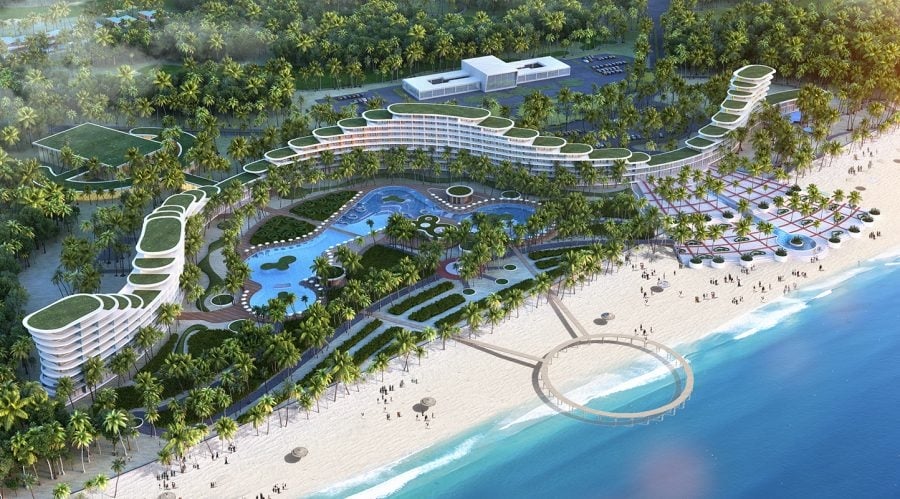
- Resort real estate is forecast to still have many opportunities to recover in 2024.
Up to now, while other segments have shown many signs of recovery, tourism and resort real estate has not yet escaped the "gloomy" state. Although the tourism industry is growing strongly, almost reaching the same level as in 2019 - the year before the Covid-19 pandemic. Specifically, in the first 2 months of 2024, there were more than 3 million international visitors to Vietnam, an increase of 68.7% over the same period last year and equal to 98.5% compared to 2019.
However, VARS believes that the completion of the legal framework, the announcement of planning, the acceleration of progress, the implementation of infrastructure projects... Especially the attraction from the tourism industry, on the basis of continuing to develop tourism into a spearhead economic sector according to Decision No. 147/QD-TTg of the Prime Minister on "Vietnam Tourism Development Strategy to 2030", will be the driving force for enterprises to develop projects to accelerate progress, injecting new supply of tourism and resort real estate into the market. Helping the tourism and resort real estate market to soon catch up with the general recovery of the entire real estate market.
At the same time, Decree 10/2023/ND-CP, which eases the issuance of pink books for condotels and officetels, may in the coming time reach a certain level of penetration, bringing hope to developers and investors, thereby supporting a breakthrough.
It is expected that the supply of tourism and resort real estate in 2024 will have the opportunity to improve by about 20% compared to 2023. In particular, the type of beach apartments is the highlight of the segment, because it both meets the need for ownership and can be exploited for rent, creating cash flow.
The resort real estate market in Vietnam still has potential for development in the future, with support from increasing tourism demand and the interest of investors. However, for sustainable development, investors need to focus on planning and developing projects, in order to protect and respect the natural landscape, while providing a favorable environment for tourism and resorts. In addition, efforts must be made to adapt to new trends, bringing new experiences and products that meet the actual needs of customers. At the same time, it is necessary to diversify products to meet the needs of different types of customers, from luxury beach villas to convenient resort apartments.
N.Giang
Source


![[Photo] Closing of the 4th Summit of the Partnership for Green Growth and the Global Goals](https://vstatic.vietnam.vn/vietnam/resource/IMAGE/2025/4/17/c0a0df9852c84e58be0a8b939189c85a)
![[Photo] Nhan Dan Newspaper announces the project "Love Vietnam so much"](https://vstatic.vietnam.vn/vietnam/resource/IMAGE/2025/4/17/362f882012d3432783fc92fab1b3e980)
![[Photo] Promoting friendship, solidarity and cooperation between the armies and people of the two countries](https://vstatic.vietnam.vn/vietnam/resource/IMAGE/2025/4/17/0c4d087864f14092aed77252590b6bae)
![[Photo] National Assembly Chairman Tran Thanh Man meets with outstanding workers in the oil and gas industry](https://vstatic.vietnam.vn/vietnam/resource/IMAGE/2025/4/17/1d0de4026b75434ab34279624db7ee4a)
![[Photo] General Secretary To Lam receives French Ambassador to Vietnam Olivier Brochet](https://vstatic.vietnam.vn/vietnam/resource/IMAGE/2025/4/17/49224f0f12e84b66a73b17eb251f7278)

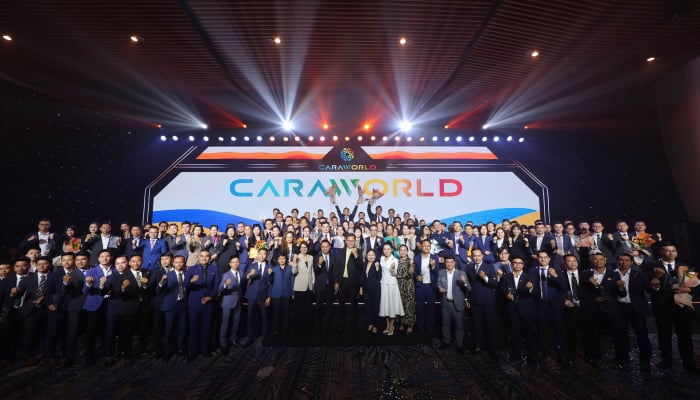


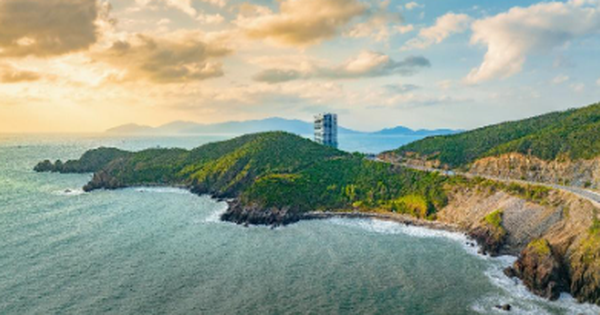

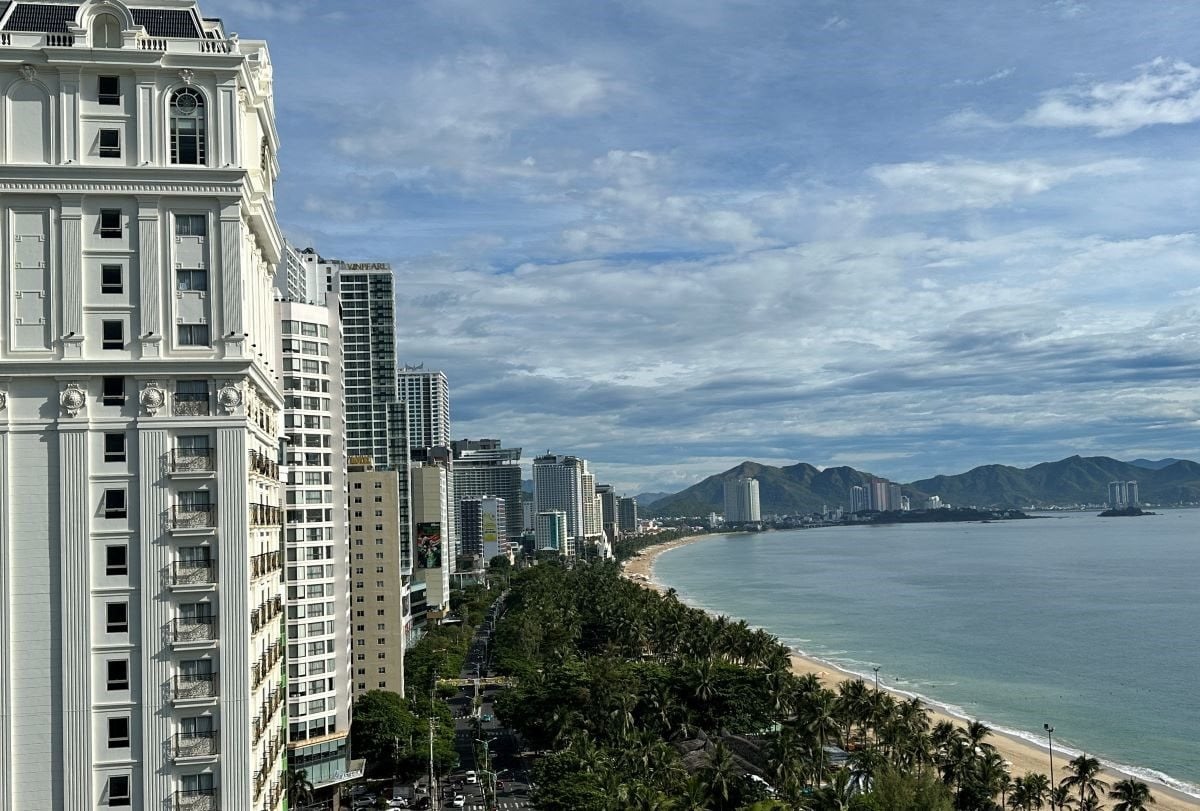

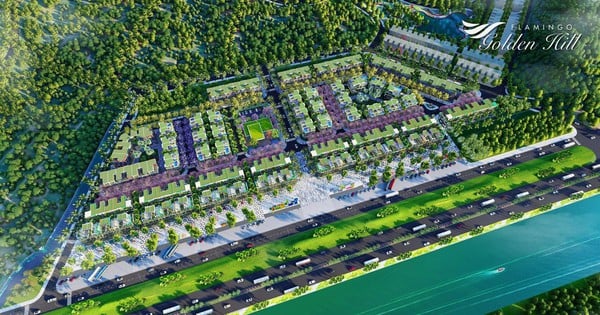

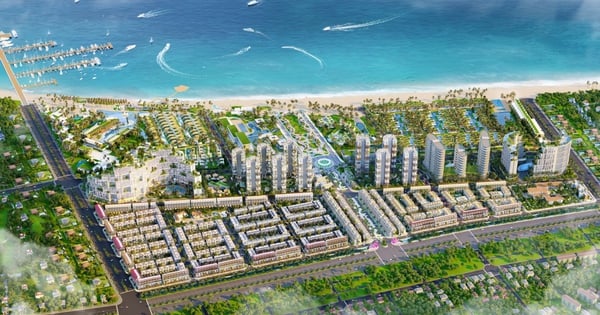
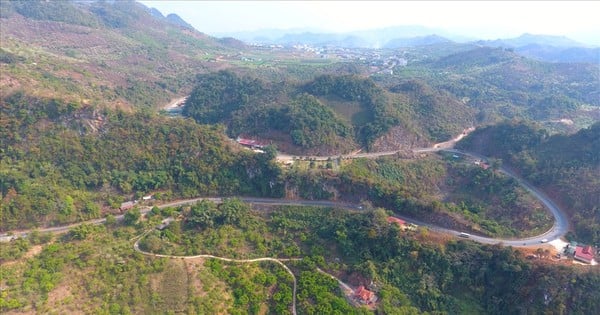
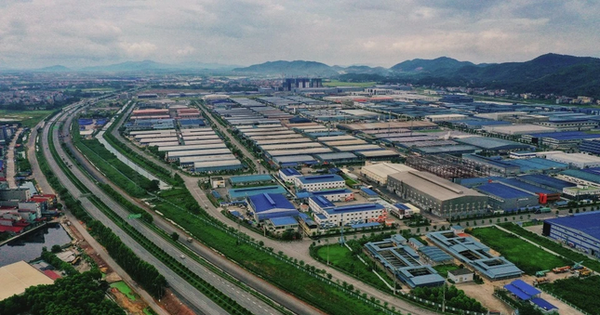
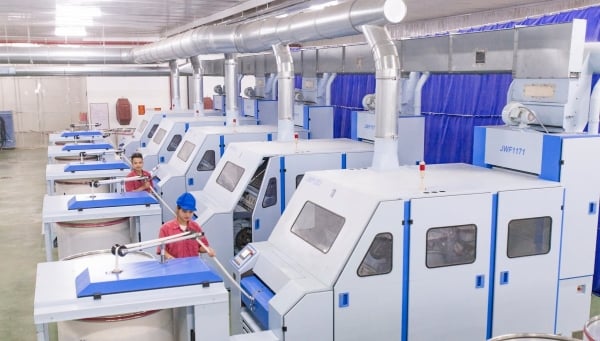

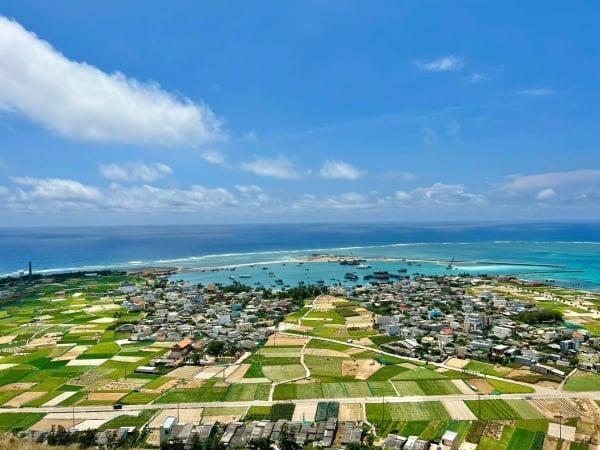
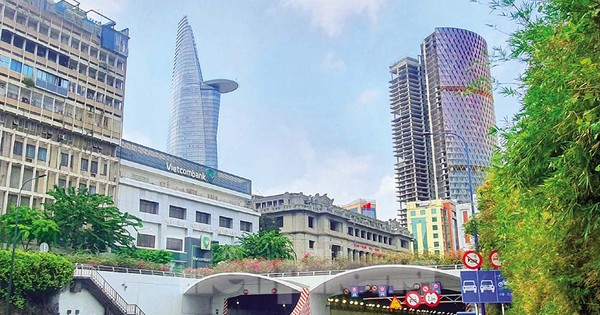




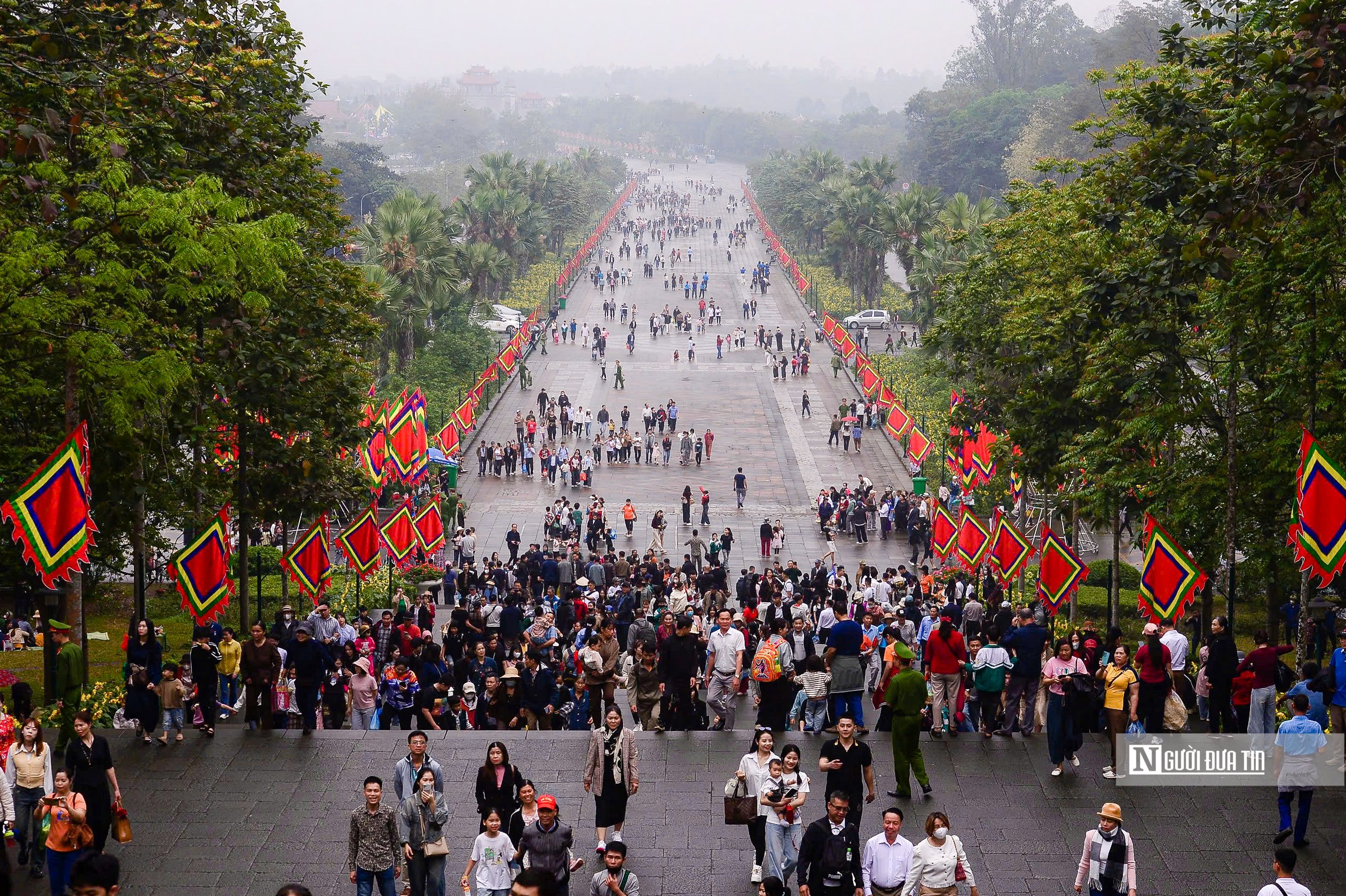
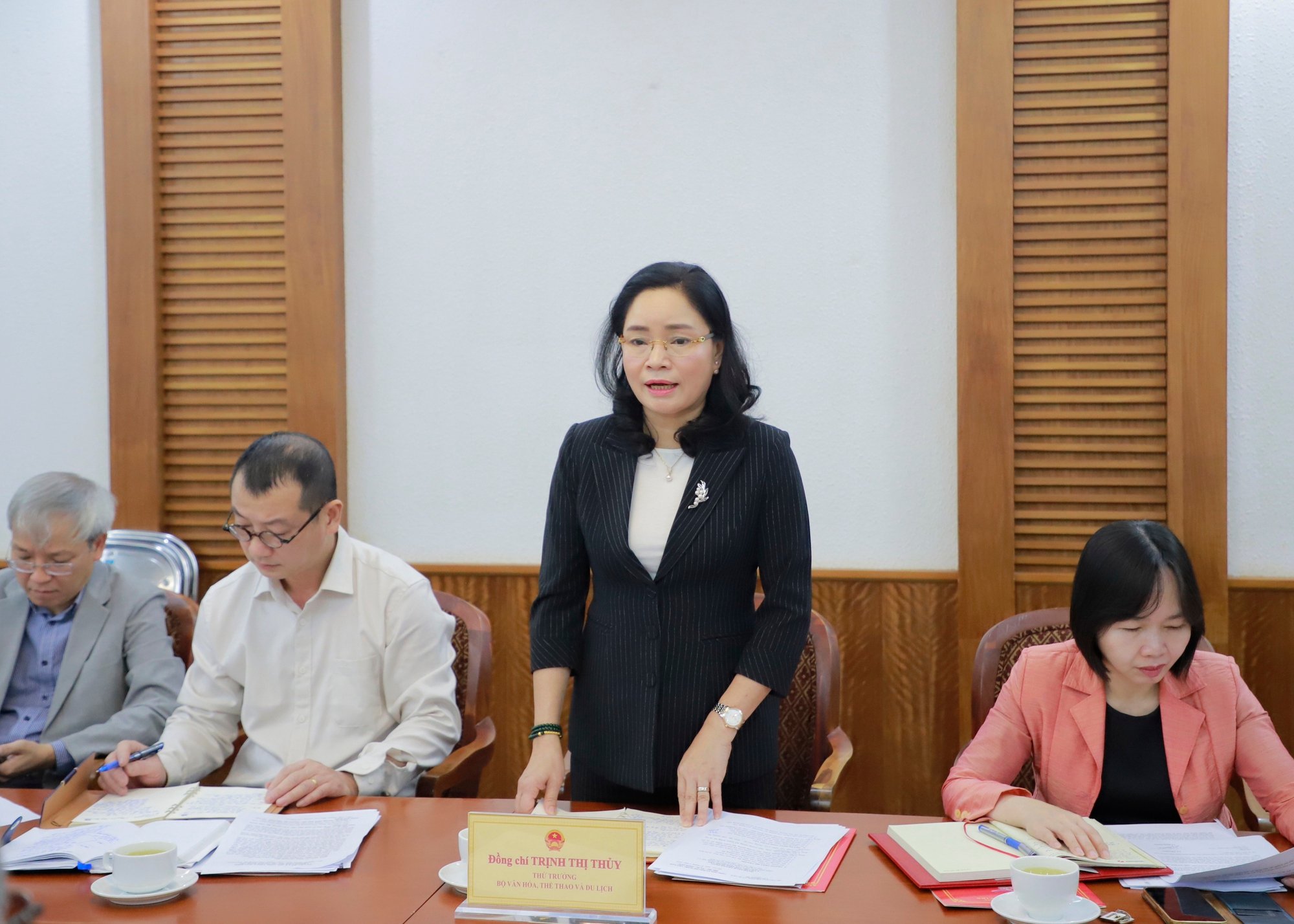

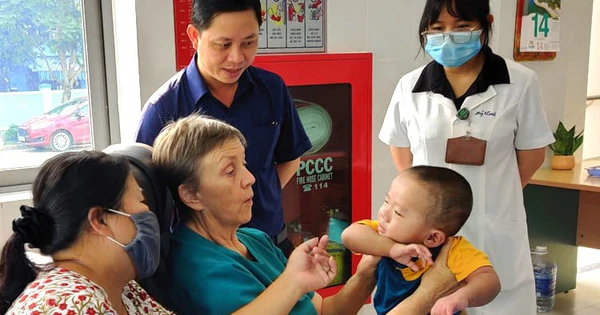


![[Photo] Welcoming ceremony for Chinese Defense Minister and delegation for friendship exchange](https://vstatic.vietnam.vn/vietnam/resource/IMAGE/2025/4/17/fadd533046594e5cacbb28de4c4d5655)






















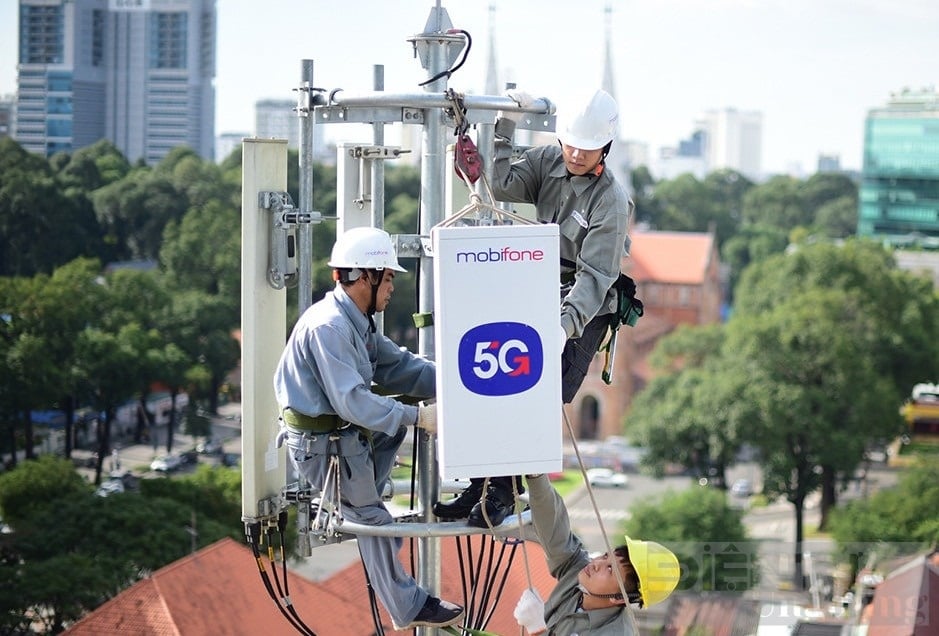

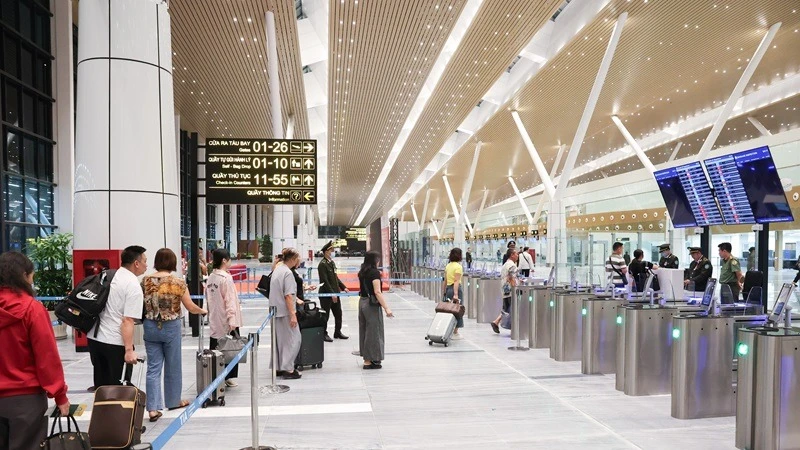



![[Video] Viettel officially puts into operation the largest submarine optical cable line in Vietnam](https://vstatic.vietnam.vn/vietnam/resource/IMAGE/2025/4/17/f19008c6010c4a538cc422cb791ca0a1)
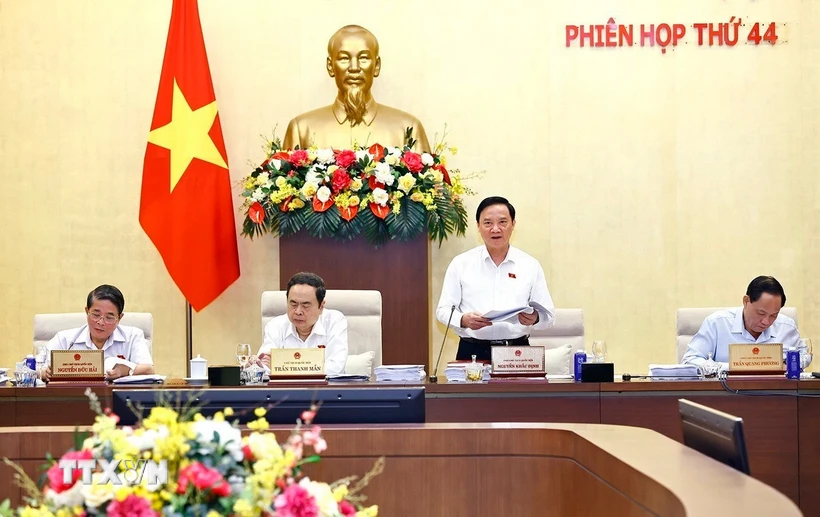
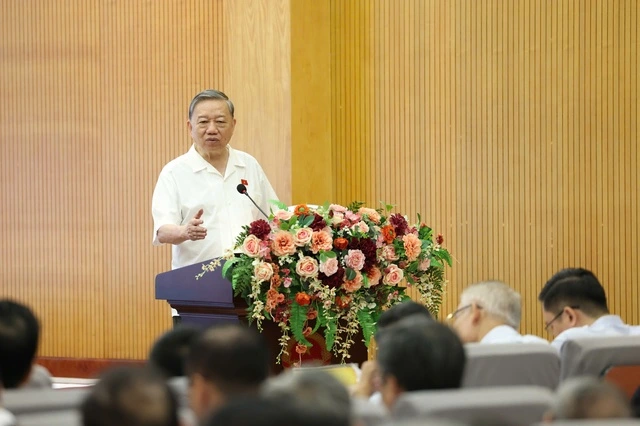



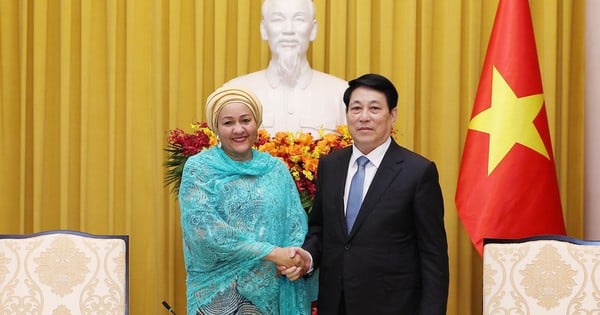
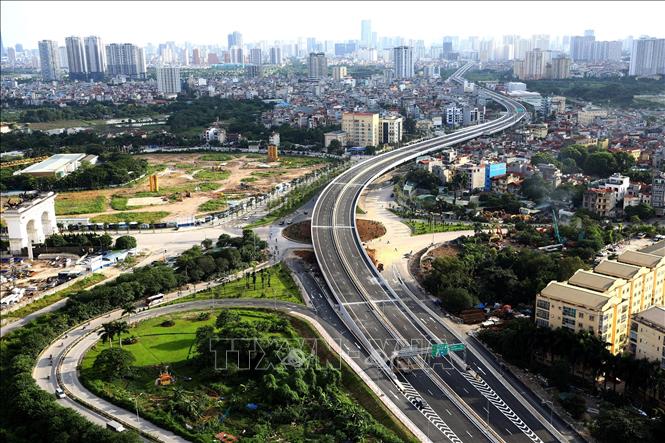

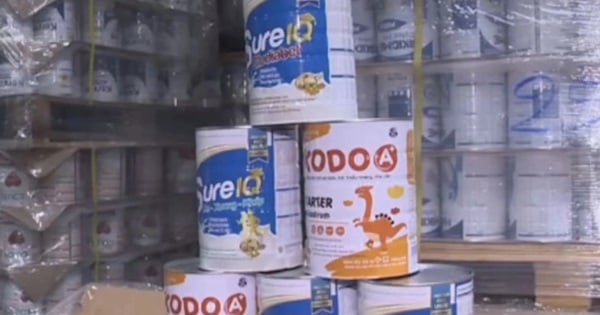

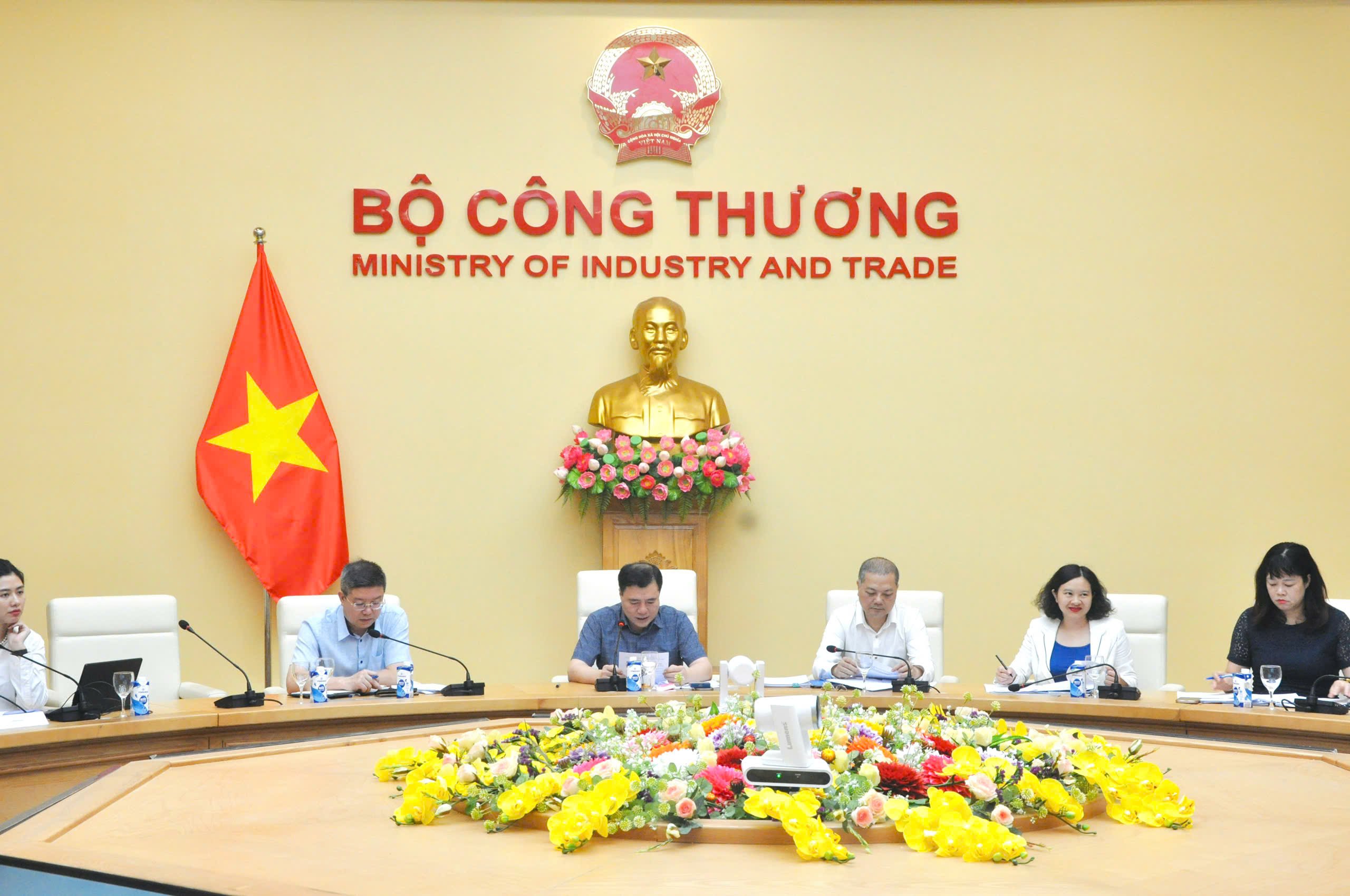



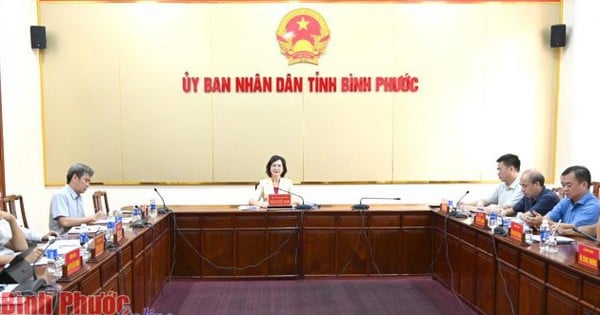
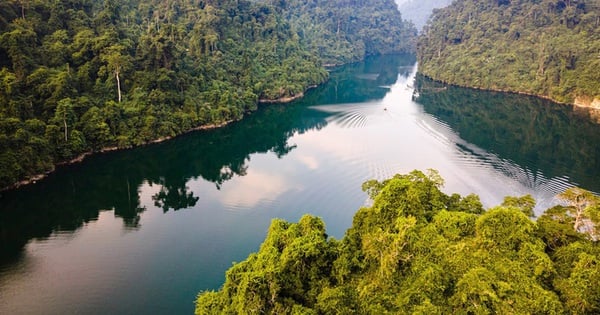

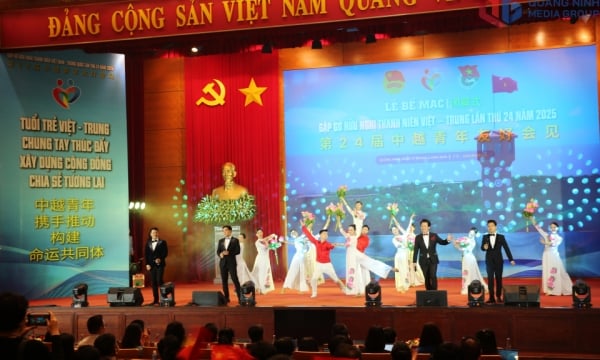

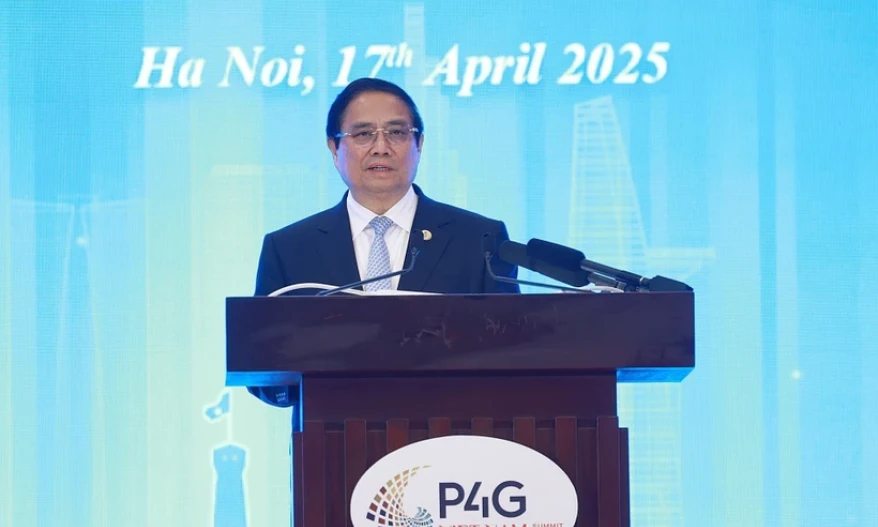











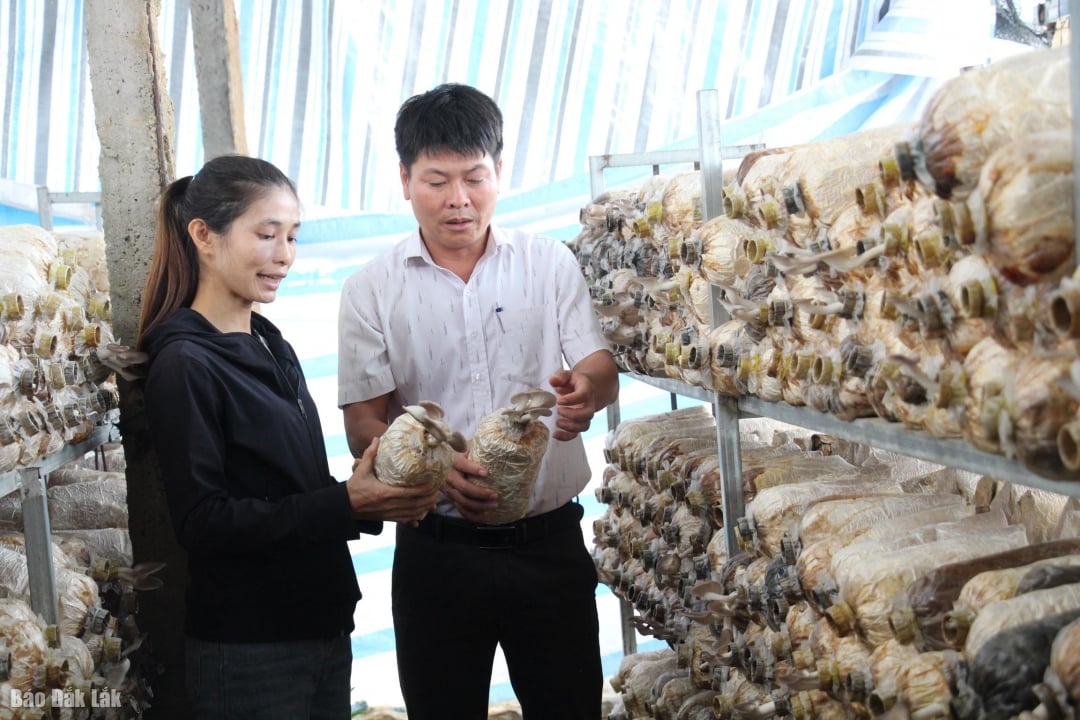

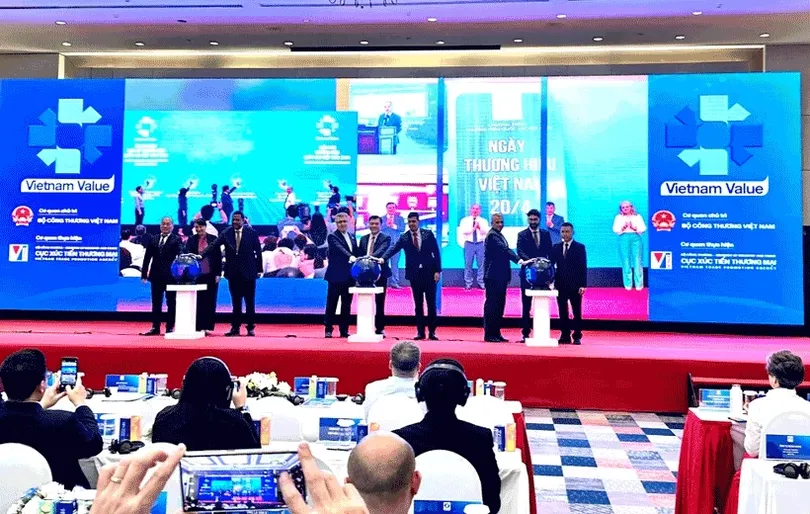




Comment (0)